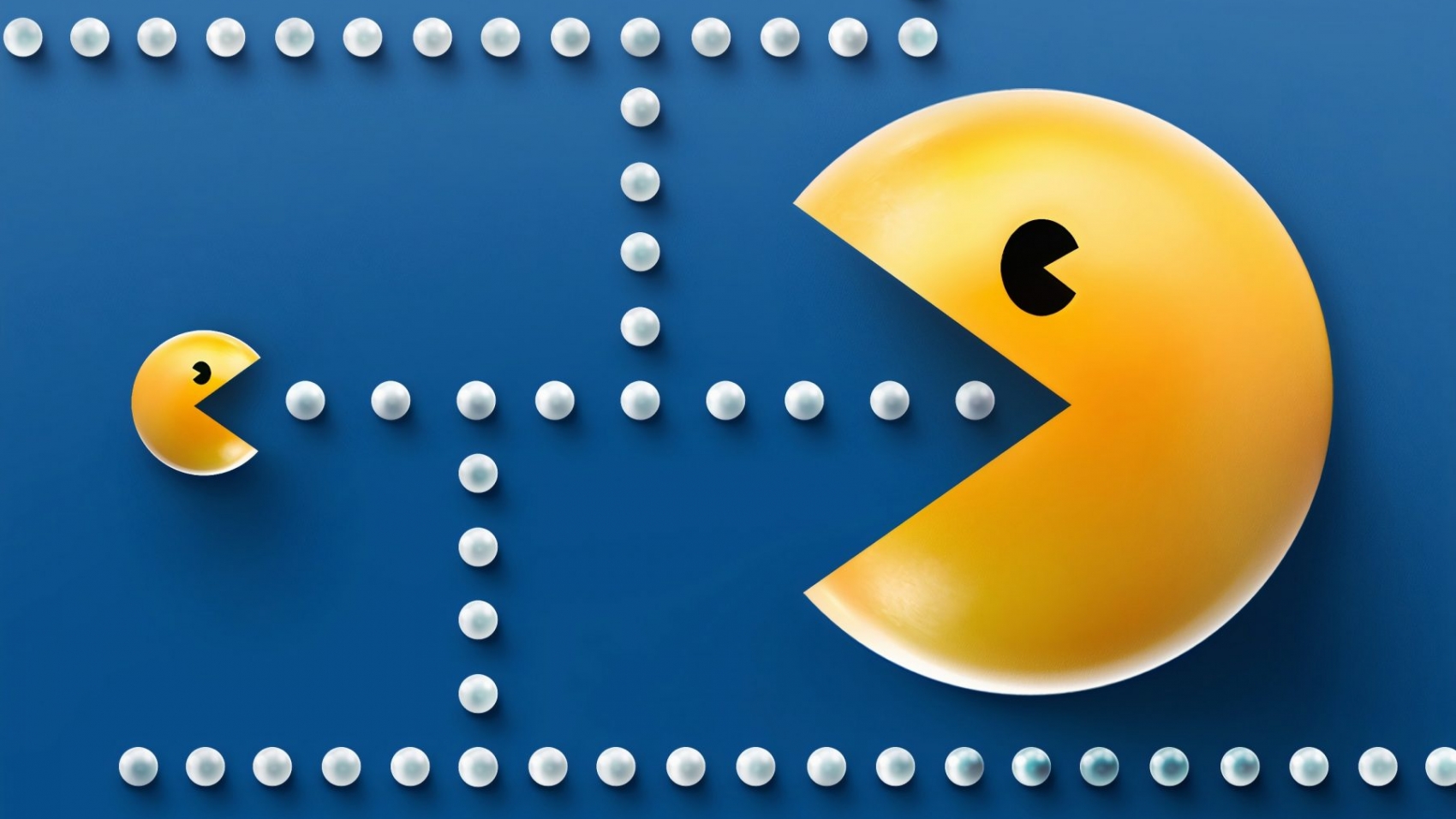In 2011, the legendary venture capitalist Mark Andreessen wrote why software is eating the world. Efficiency and scale could cut the costs of servers and development by 100x+. Entertainment (Netflix, Disney), cars (all), retail (Amazon), job hunting (LinkedIn), and more, all have software as integral parts of the product and value. This view has held. Software has devoured Sears, Borders, Blockbuster and others. It’s added layers of analytics, cheaper travel, better communication, higher click rates, and helped fill virtual shopping carts. Mark later went on to say healthcare (along with education) would be next.
Fast forward to 2019. A podcast with Andreessen came out last week with vision 2.0 of this vision: “Software has Eaten the World…and Healthcare is Next.” He discusses the headache of implementing an Epic medical records system 15 years ago at Stanford Hospital (little has changed since), prescription adherence rates are only around 1/3. Doctors still stubbornly fail at washing their hands. “If it can become a software product, it will.” Healthcare clearly has a need for software, data, storage, analytics around drugs and trials, image recognition AI and cancer detection. But it hasn’t led to the efficiencies of other domains.
Software and tech haven’t led to lower healthcare costs (see TV prices and computing costs since then). Since 2011 healthcare costs in the US have risen at >2x inflation. The difference? Healthcare is a quagmire of rules, state restrictions on supply, regulations, provider consolidation, and 4th party payments that make the system hard to break. To the typical consumer, healthcare is largely episodic, a modest intervention here or there, something we don’t touch on a daily basis, and rarely directly pay for.
True, healthcare bots can now triage your symptoms, help schedule appointments and nifty algorithms can tell you with more clarity whether your likelihood of having a cardiac event over the next 10 years is 5% or 6.5%. Aspects of software can help, but when 80% of our health is us, our genes, how much we sweat, our portions, environment, and social support, then we’re largely on our own.
Innovation is often shiny but the new products are almost always developed by 20-40 year olds, who, let’s face it, are in the invulnerable flat part of the human depreciation curve below.
For employers, the largest purchasers of healthcare in the US, the ways to lower costs are to restore the doctor-patient relationship (which has a tech component, but with fewer Epic headaches), follow guidelines on screening (seems obvious but it’s often not followed), cut wasteful wellness programs, explore direct contracts, and get the incentives of the brokers and consultants right (90% of firms use one, and traditional brokers make more the more programs they add and the higher the healthcare costs are)–that means hedge fund style comp, where they share in the upside of any healthcare alpha, beating the healthcare market index on cost and trend.
That’s worth a lot more than a fancy bot or buzzy machine learning. Healthcare and software can fit. Right now software’s impact is modest, more of a nibble.
Photo by Morning Brew on Unsplash

